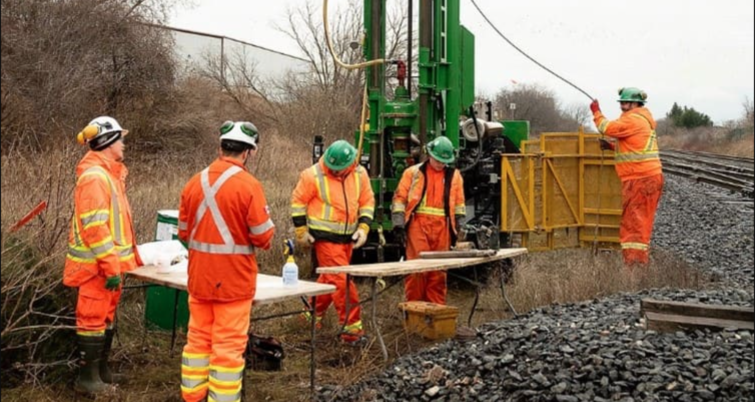Reliable facilities start with strong ground decisions. Deep foundations for process equipment, tanks, and tall storage must carry heavy loads, resist uplift and lateral forces, and control movement under changing conditions. Clear soil studies and practical design choices reduce risk and downtime. Teams looking for regional insight can explore www.geokinetics.com/california/ to see how local geology shapes safe, efficient foundation plans.
Load Paths And Capacity
- Define dead, live, thermal, impact, and cyclic loads for each asset.
- Separate vertical, lateral, and overturning demands to size foundations correctly.
- Check axial compression and uplift using site-specific parameters, not generic charts.
- Verify with load testing (static, dynamic) to confirm capacity in real ground.
Soil Profile And Groundwater
- Map layers with borings and CPT to find competent bearing strata and weak zones.
- Flag compressible clays, loose sands, uncontrolled fill, and organics early.
- Measure groundwater levels and seasonal shifts that affect drilling and concrete.
- Test for corrosive agents (sulfates, chlorides) that drive durability choices.
Settlement And Differential Control
- Set tight limits for total and differential settlement, especially for tanks.
- Model group effects, negative skin friction, and downdrag on pile clusters.
- Use ground improvement or preloading where compressibility is high.
- Select pile types and lengths to minimize creep and long-term movement.
Lateral Resistance And Uplift
- Design for wind, surge, thermal pulls, and seismic forces on tall or slender units.
- Use p–y, t–z, and q–z curves to capture soil–structure interaction.
- Add batter piles, tie-downs, or anchors where overturning is critical.
- Confirm uplift performance with tension tests and proper safety factors.

Seismic And Liquefaction Readiness
- Screen for liquefiable sands and cyclic softening in silts.
- Extend piles to non-liquefiable layers or improve soils to reduce risk.
- Account for kinematic loads, downdrag shifts, and post-event service levels.
- Use flexible connections and joints to protect pipes and liners from strain.
Operations, Safety, And Compliance
- Align foundation layouts with spill control, utilities, and fire lanes.
- Provide grounding and cathodic protection where current or corrosion is likely.
- Document inspection points for lifecycle monitoring and maintenance.
- Meet codes, tank standards, and owner criteria without overdesign.
Before finalizing the plan, project teams can compare approaches and local partners through www.geokinetics.com/california/ to align testing, analysis, and build methods with regional soils and rules.
When deep foundations are tuned to loads, layers, water, and shaking, critical assets stay stable and safe. By managing settlement, lateral and uplift resistance, dynamic behavior, and durability, plants gain steady performance, fewer shutdowns, and clear schedules that support productive operations.


